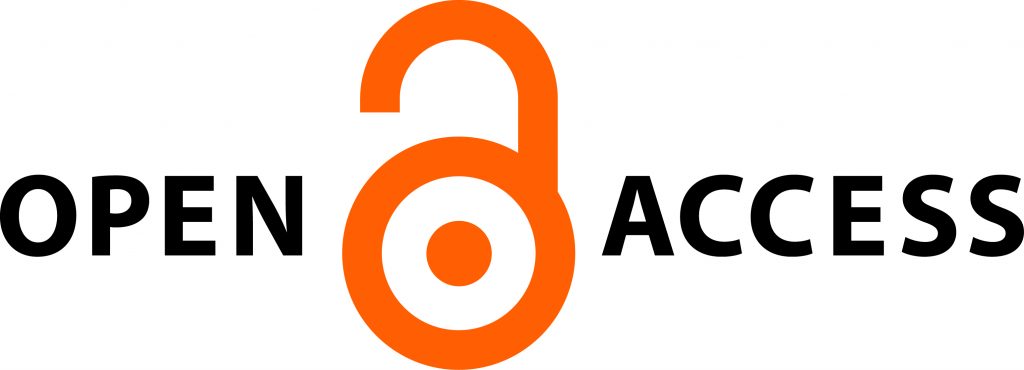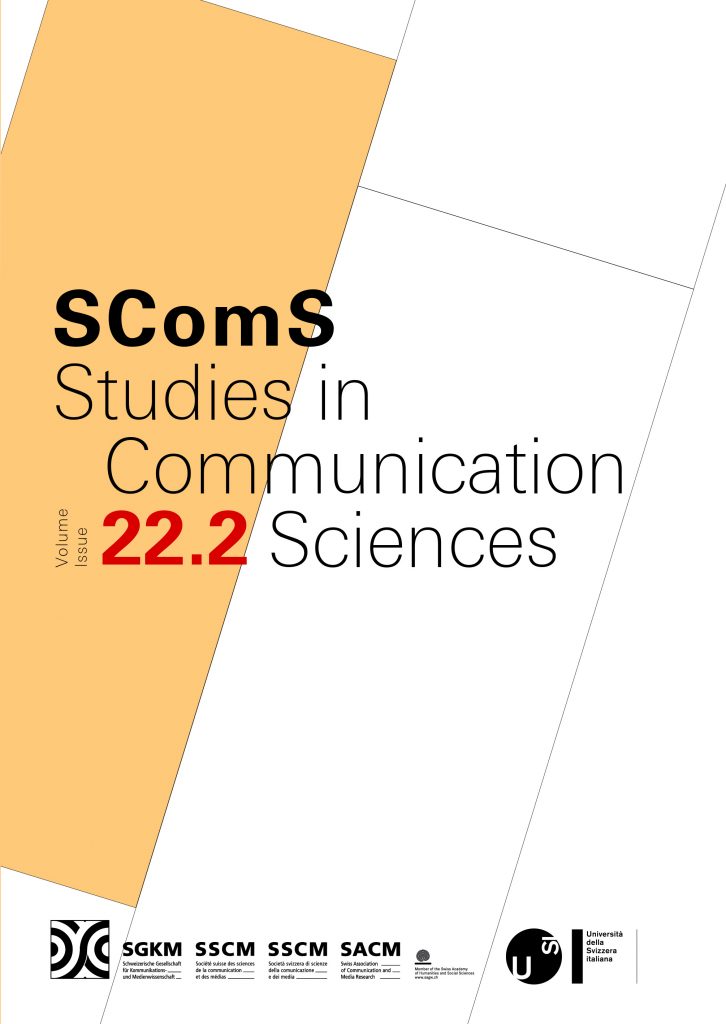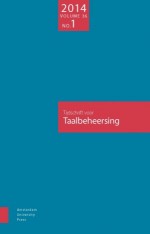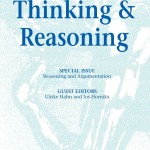According to Mercier and Sperber (2009, 2011, 2017), people have an immediate and intuitive feeling about the strength of an argument. These intuitive evaluations are not captured by current evaluation methods of argument strength, yet they could be important to predict the extent to which people accept the claim supported by the argument. In an exploratory study, therefore, a newly developed intuitive evaluation method to assess argument strength was compared to an explicit argument strength evaluation method (the PAS scale; Zhao et al., 2011), on their ability to predict claim acceptance (predictive validity) and on their sensitivity to differences in the manipulated quality of arguments (construct validity). An experimental study showed that the explicit argument strength evaluation performed well on the two validity measures. The intuitive evaluation measure, on the other hand, was not found to be valid. Suggestions for other ways of constructing and testing intuitive evaluation measures are presented.
Hornikx, J., Weerman, A., & Hoeken, H. (2022). An exploratory test of an intuitive evaluation method of perceived argument strength. Studies in Communication Sciences, 22 (2), 311-324. [link]








 In the lead article, Carel Jansen argues that practical issues in professional communication should be taken as source for academic research on language and communication. I first accept the claim that it is important for the research field to take the professional field of communication into account (1). I then explain why practical solution based on academic research usually take so long to develop (2). My opinions partly also diverge from Jansen, at least in two ways. I argue that researchers in language and communication already incorporate practice into their studies (3). I finally discuss a number of problems that seem to occur in applied research (4).
In the lead article, Carel Jansen argues that practical issues in professional communication should be taken as source for academic research on language and communication. I first accept the claim that it is important for the research field to take the professional field of communication into account (1). I then explain why practical solution based on academic research usually take so long to develop (2). My opinions partly also diverge from Jansen, at least in two ways. I argue that researchers in language and communication already incorporate practice into their studies (3). I finally discuss a number of problems that seem to occur in applied research (4). The persuasiveness of anecdotal evidence and statistical evidence has been investigated in a large number of studies, but the combination of anecdotal and statistical evidence has hardly received research attention. The present experimental study therefore investigated the persuasiveness of this combination. It also examined whether the quality of anecdotal evidence affects persuasiveness, and to what extent people comprehend the combination of anecdotal and statistical evidence. In an experiment, people read a realistic persuasive message that was relevant to them. Results showed that anecdotal evidence does not benefit from the inclusion of statistical evidence, nor from its intrinsic quality. The analysis of readers’ cognitive thoughts showed that only a minority of participants comprehended the relationship between anecdotal and statistical evidence.
The persuasiveness of anecdotal evidence and statistical evidence has been investigated in a large number of studies, but the combination of anecdotal and statistical evidence has hardly received research attention. The present experimental study therefore investigated the persuasiveness of this combination. It also examined whether the quality of anecdotal evidence affects persuasiveness, and to what extent people comprehend the combination of anecdotal and statistical evidence. In an experiment, people read a realistic persuasive message that was relevant to them. Results showed that anecdotal evidence does not benefit from the inclusion of statistical evidence, nor from its intrinsic quality. The analysis of readers’ cognitive thoughts showed that only a minority of participants comprehended the relationship between anecdotal and statistical evidence. In everyday situations, people regularly receive information from large groups of (lay) people and from single experts. Although lay opinions and expert opinions have been studied extensively in isolation, the present study examined the relationship between the two by asking how many lay people are needed to counter an expert opinion. A Bayesian formalisation allowed the prescription of this quantity. Participants were subsequently asked to assess how many lay people are needed in different situations. The results demonstrate that people are sensitive to the relevant factors identified for determining how many lay opinions are required to counteract a single expert opinion. People’s assessments were fairly good in line with Bayesian predictions.
In everyday situations, people regularly receive information from large groups of (lay) people and from single experts. Although lay opinions and expert opinions have been studied extensively in isolation, the present study examined the relationship between the two by asking how many lay people are needed to counter an expert opinion. A Bayesian formalisation allowed the prescription of this quantity. Participants were subsequently asked to assess how many lay people are needed in different situations. The results demonstrate that people are sensitive to the relevant factors identified for determining how many lay opinions are required to counteract a single expert opinion. People’s assessments were fairly good in line with Bayesian predictions.